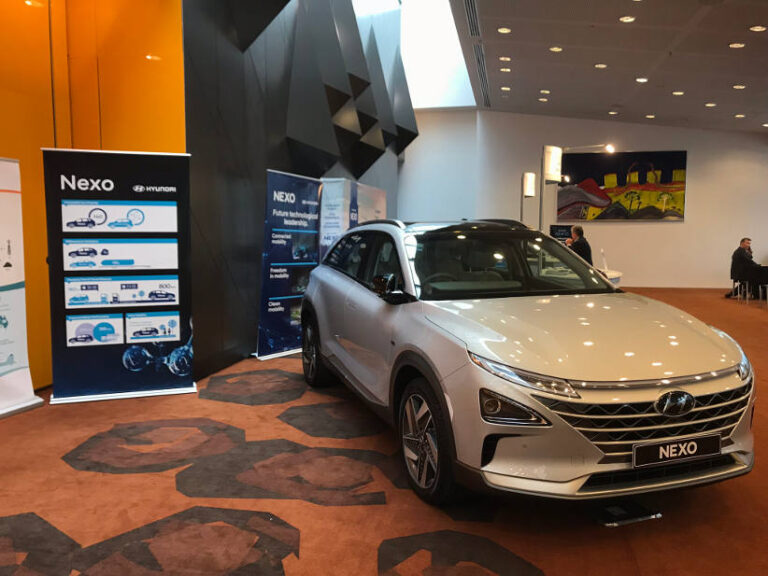Hyundai is on the cusp of launching its hyrid electric/fuel vehicle the Ioniq in Australia. It is also working on the release of its hydrogen fuel cell vehicle — the Nexo. Fleet Auto News’ Caroline Falls spoke with Scott Nargar, Hyundai Australia’s manager of future mobility and government relations, to get the latest
FAN: We understand Hyundai’s Ioniq hybrid electric/petrol vehicle is out being tested by fleet drivers. How have they responded?
NARGAR: There’s been a range of large corporate fleets and government fleets, including one of the biggest fleets in Australia testing it. We’re getting a very good response to the vehicle and drivers have been very happy with the practicability and the usability of the vehicle, so it’s been great so far. The guys that have been driving the electric hybrid have been very positive. Some of the ranges (kilometres) they are getting with the Ioniq hybrid have been very impressive.
FAN: What are the numbers?
NARGAR: I’ve got numbers, but we’re not giving them out at the moment. What I can say is that the electric hybrid vehicles we’ll be launching in Australia later this year will have a range of 280-470 kilometres, depending on what model and what battery size is chosen.
FAN: When will you launch the Ioniq in Australia?
NARGAR: We’re in the final stages of planning right now. We are looking at putting the vehicles into production shortly and when they start arriving in Australia we’ll lock in the launch timing. It will be within the next couple of months, and certainly before the end of the year.
FAN: Is it going to be priced so that it’s competitive with a conventional internal combustion engine?
NARGAR: We’re just locking away final pricing now, but we think it will be competitive, both on a whole-of-life cost and as an initial outlay. Considering the safety features — including lane departure warnings and autonomous braking — it will be a very competitive package.
FAN: I believe you are also close to delivering the first hydrogen fuelled vehicles — the Hyundai Nexo — to the ACT Government. Tell us more?
NARGAR: That’s correct. We’re working with the ACT Government to finalise the hydrogen station location. Once the station is operational we’ll have vehicles ready to go into action as part of the government fleet. We’re looking at runnning the NEXO there some time in 2019. It will be used in various ACT and Federal Government agencies. We also have a lot of interest from within universities and within industry for usage of the vehicles in the ACT.
FAN: Are there any other activities elsewhere to do with the hydrogen vehicle?
NARGAR: We have another five or six projects around the country — hydrogen refuelling stations. We’re working with our partners to identify where the infrastructure is going to be placed and making sure that there are fleet operators within range of that station. It’s no good having a station in the middle of nowhere where we can’t operate fleets, so we are targeting station locations where we think the best fleet takeup is going to be — some metro and some outer metro.
FAN: When you say partners, who do you mean?
NARGAR: Hyundai is a foundation member of a company called Hydrogen Mobility Australia. The other members include major oil, gas technology and infrastructure companies. There’s a strong appetite here in Australia from the traditional retailers of gas, petrol and gaseous product, to look at the opportunities to retail hydrogen to transport applications.
FAN: It seems to me that the hydrogen alternative fuel is well suited to Australia’s transport needs, because of the long distances it can achieve before needing a refuel?
NARGAR: It’s true. The NEXO hydrogen-fuel cell vehicle can refuel in three minutes and it has a range of 800 kms. It’s very safe and very practical. It’s nothing different from driving an SUV like you do it today but the benefit is it’s zero emission. There’s nothing coming out of the tailpipe except water and pure air.






